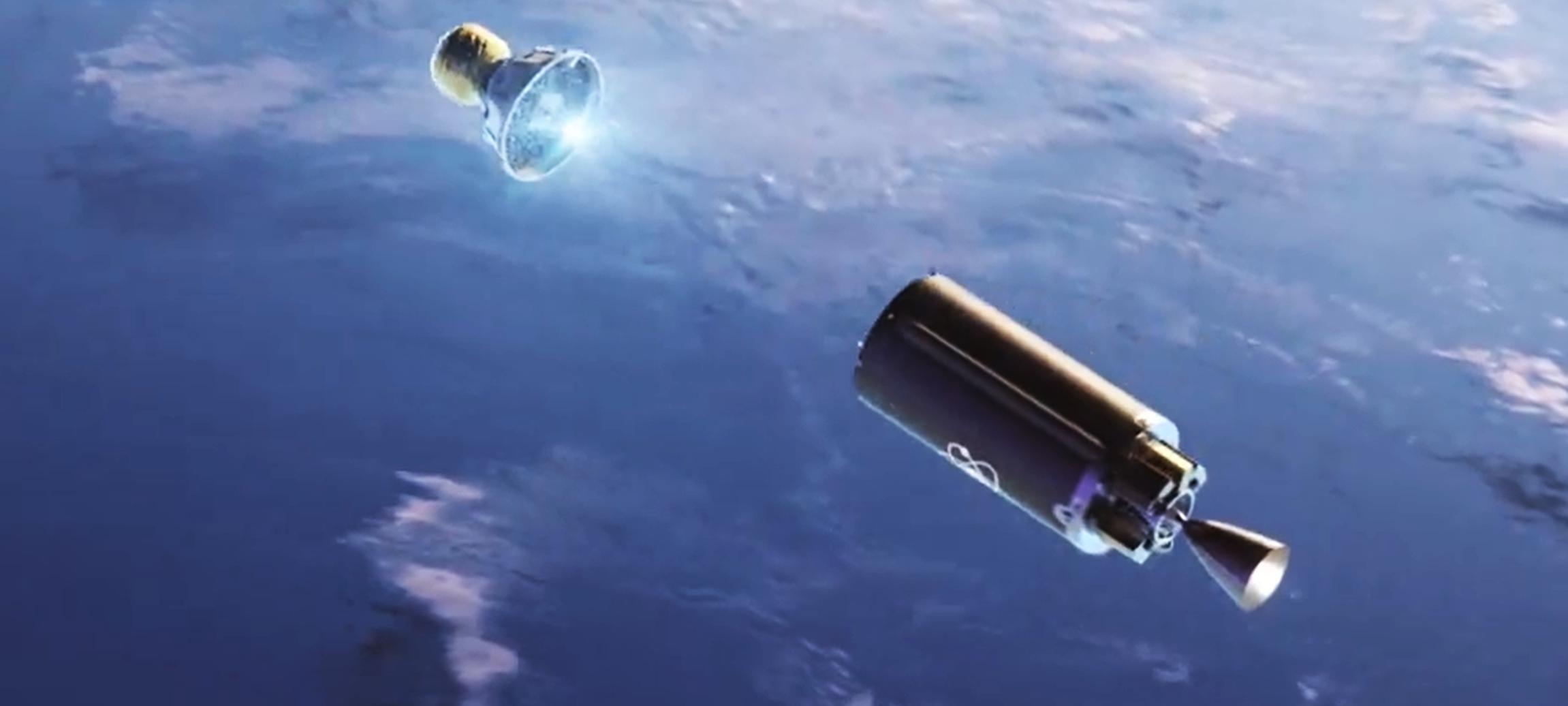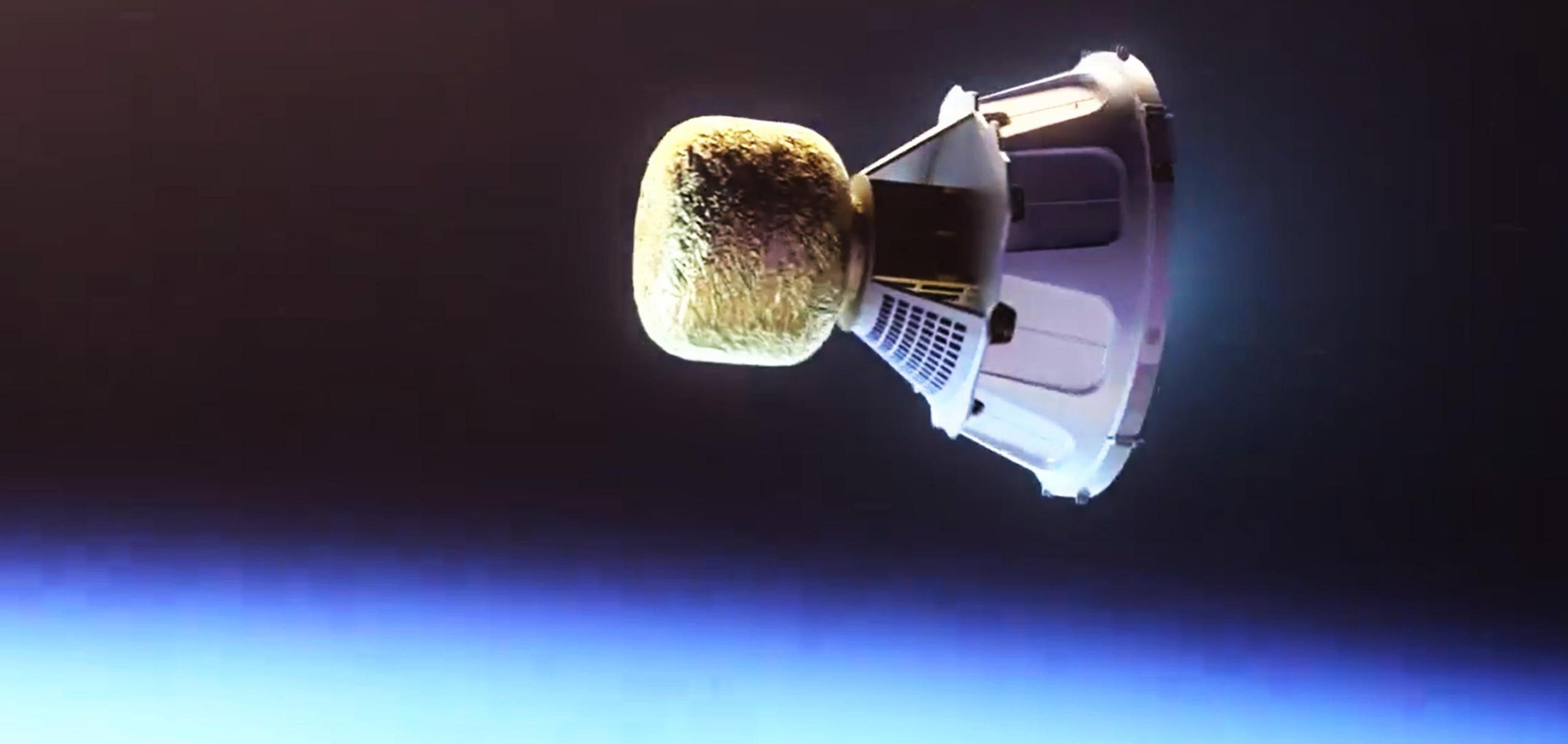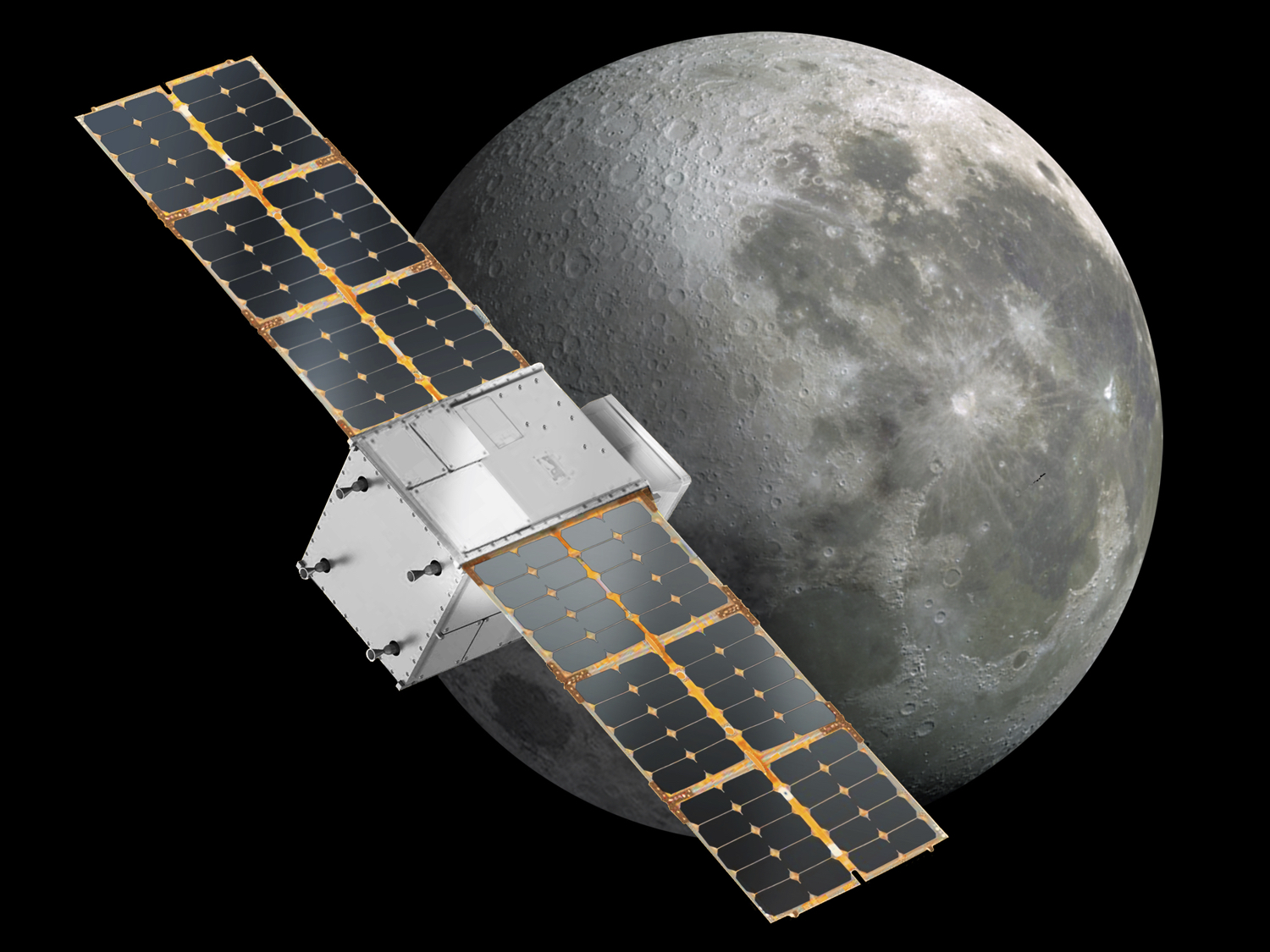
Rocket Lab’s Upcoming Mission To The Moon
Rocket Lab is best known for the company’s small-lift launch vehicle along with its low Earth orbit capabilities. However, the company is working on much bigger and better plans for the future. This not only includes the larger Neutron launch vehicle but a planned mission to the Moon. This is part of a bigger goal and mission they are working on with NASA.
Rocket Lab is planning on launching a CubeSat into lunar orbit for NASA. Rocket Lab plans on doing this with the help of Electron, Photon, a set flight plan, and the Capstone payload. All of which will combine into a single mission expanding the capabilities of Rocket Lab. This mission will by no means be easy but if successful will help show Rocket Lab’s impressive capabilities with only a small-lift launch vehicle.
Very few companies and even agencies around the world have the technology to reach the Moon. At over 200,000 miles away it is an incredible challenge. This especially is the case when only using a small-lift launch vehicle. However, Rocket Lab has built additional technology along with a unique plan to help make the mission a success. All of this will have an impact on the future Artemis missions and more.
What Is The Mission?

The core goal of the mission involves Rocket Lab working with NASA to send an experiment to a unique lunar orbit. NASA is providing the experiment and Rocket Lab is responsible for launching and delivering the payload. The Electron rocket along with the Photon spacecraft is planned to launch and propel the payload to the designated lunar orbit. Specifically, they are launching NASA’s Cislunar Autonomous Positioning System Technology Operations and Navigation Experiment, or (CAPSTONE) CubeSat to a unique lunar orbit.
The purpose of this experiment is to test and verify the calculated orbital stability of a near rectilinear halo orbit around the Moon. This is the same orbit planned for the Lunar Gateway which is set to be the future Moon space station. Gateway plays a necessary role in future Moon exploration and more which is why this mission is so important to the future of Artemis. CAPSTONE will also test a navigation system that will measure its position relative to NASA’s Lunar Reconnaissance Orbiter, or (LRO) without relying on ground stations. CAPSTONE is a great first step in learning more about different aspects of the Moon and applying this information to future missions. The mission was originally set to launch in late 2021 but has since been delayed until early to mid-2022.
How Will Rocket Lab Reach Lunar Orbit?

Flight Plan – The first key aspect of any mission to the Moon is a set flight plan for Electron, Photon, and the payload. Rocket Lab has a 10 step plan detailing exactly how they will reach the Moon. Starting with Electron lifting off from Launch Complex 2 carrying Photon and CAPSTONE. Once out of the atmosphere, Photon still carrying the payload separates from the second stage. From here, Photon establishes a low Earth orbit at 250km altitude and does necessary checks and trajectory planning. If everything is working as intended, Photon will work on orbit-raising maneuvers. Specifically, Photon’s HyperCurie engine ignites at the perigee to raise the apogee of the orbit. Through a series of orbits and burns, Photon will build its velocity and align for translunar injection.
Next, a HyperCurie engine burn will accelerate Photon to 11kms per second escaping Earth’s orbit and setting it on a translunar trajectory. Not too long after CAPSTONE will separate from Photon and continue its journey towards the Moon. After separation, Photon performs a final engine burn to cause a trajectory correction maneuver setting it up for a lunar flyby and then interplanetary space. This is a secondary mission objective. Eventually, the CAPSTONE payload reaches its highest altitude of 1.3 million km from the Earth. At this point, the solar gravity reshapes its trajectory, placing the spacecraft on an intercept course to the Moon. Finally, CAPSTONE uses onboard propulsion to enter a Near-Rectilinear Halo Orbit around the Moon.
Electron – Now that we know the flight plan, let’s take a closer look at the rocket launching Photon and CAPSTONE. Electron is a two-stage small-lift launch vehicle that has been launching since 2017. It stands at 18m tall, 1.2m wide, and weighs 13,000kg when filled with propellant. It has a payload to LEO of 300kg, is made primarily of a carbon composite, and is fueled by LOX and Kerosene. In this time it has delivered over 100 satellites to orbit on time and target. Within this mission, Electron will carry Photon along with CAPSTONE and deliver the two into low Earth orbit. Once the second stage of the Electron is disconnected from Photon and the payload, its job is done.
Photon – The next necessary addition to the mission is the Photon spacecraft. Photon is a small spacecraft that is positioned right under the fairings and attaches to the cargo. It offers additional propulsion expanding Rocket Lab and the Electron launch vehicle’s capabilities. It not only provides additional propulsion but also power, communications, pointing, and more. In this mission, Photon will orbit the Earth in elliptical orbits over nine days to build up velocity for a Trans Lunar Injection to deploy CAPSTONE into an orbit around the Moon. Rocket Lab developed and built Photon to expand Electron’s capabilities without making an entirely new launch vehicle. This small addition relative to the size of Electron makes a big difference and opens up additional opportunities for customers or agencies such as NASA. Photon flies as the upper stage of Electron, eliminating the parasitic mass of deployed spacecraft and enabling full utilization of the fairing. Photon is based on the heritage Electron launch vehicle Kick Stage, leveraging numerous components that have significant flight heritage, including the Curie engine, an in-house designed and developed in-space propulsion system.
CAPSTONE – The last aspect of the mission I want to mention is the CAPSTONE payload and how exactly it works. This payload will be the first of its kind when orbiting the near rectilinear halo orbit around the Moon. As I mentioned prior, this is the same orbit that the Lunar Gateway is planning to use. This means CAPSTONE will have a direct effect on future missions to the Moon by providing crucial information now. Specifically, CAPSTONE aims to reduce risk and validate operational concepts for future missions using the same lunar orbit. In this orbit, it will rotate together with the Moon as it orbits Earth and will pass as close as 1,600km and as far as 70,000 km from the lunar surface. CAPSTONE is only about the size of a microwave oven and weighs 25kg. It has onboard communications systems which determine how far CAPSTONE is from NASA’s Lunar Reconnaissance Orbiter and how fast the distance between the two spacecraft is changing. All of this will help demonstrate software for navigation, helping future missions navigate without using the Earth to track them.
Conclusion
More and more companies are expanding their launch capabilities. Rocket Lab is working on a very unique upcoming mission where they send a small payload from NASA to lunar orbit. All of this on top of a small-lift launch vehicle. Rocket Lab and NASA are making this mission possible thanks to a thorough flight plan, the Electron rocket, Photon spacecraft, and the CAPSTONE payload. All combine into a single mission set for the Moon. If successful, it will help provide necessary information for future missions to the Moon apart of Artemis. Additionally, Photon will accelerate into interplanetary space as part of a secondary mission. We will have to wait and see how the mission goes and the information the CAPSTONE payload provides.
